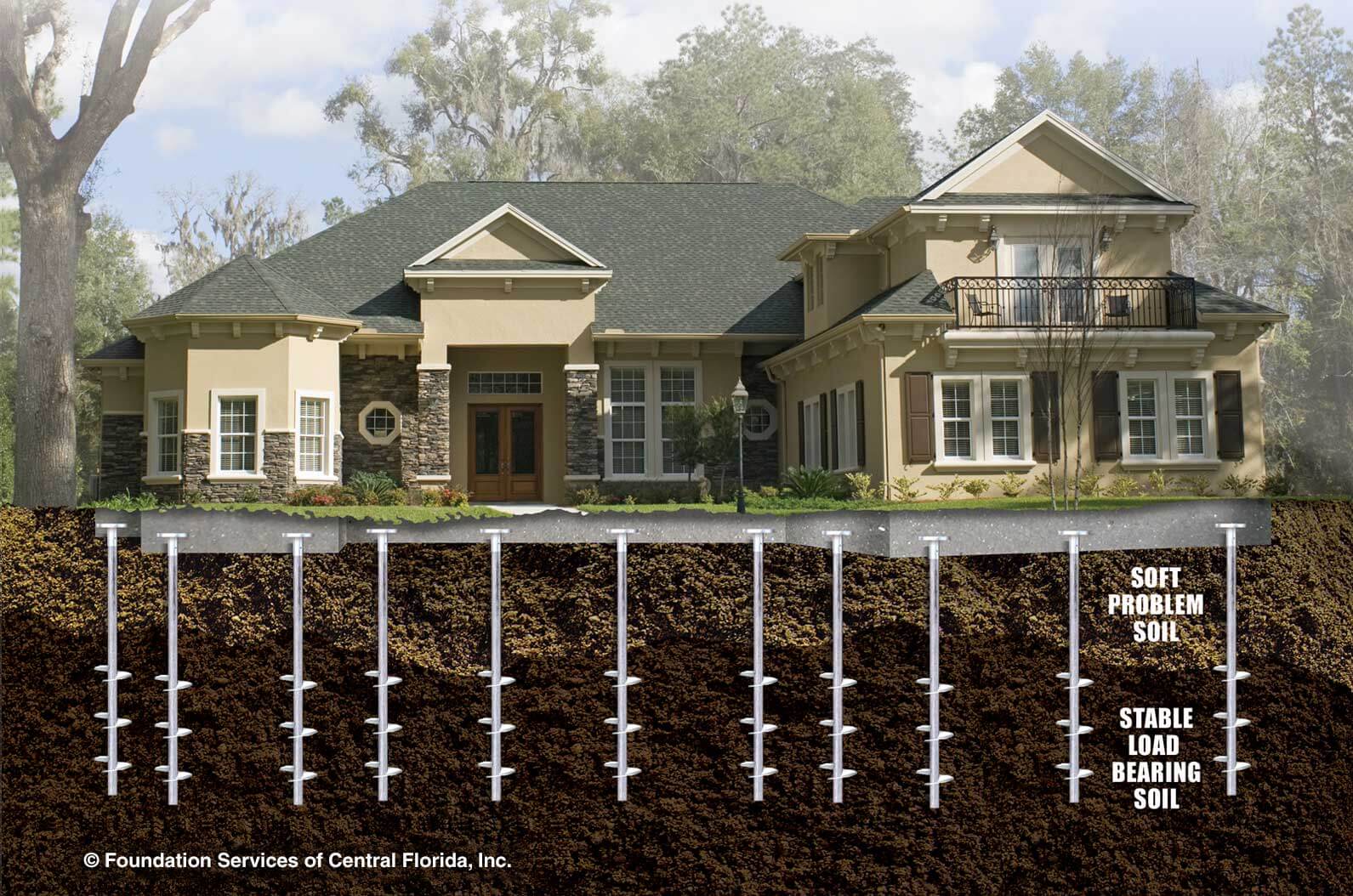In the past, garages were simply spaces for storing cars. However, today many homeowners are turning them into vibrant and functional spaces—like man caves, workshops, art studios, or home gyms. A garage used proactively can be a great selling point for potential buyers. Whether it's used for crafting, fitness, or artistic endeavors, transforming this space can add significant value to your home.
Make Your Garage Floors Shine
While garages don't have to be spotless, cracked or damaged floors can create a negative impression. Resurfacing the floor to eliminate imperfections will not only enhance its appearance but can also increase the value of your property. Many renovators suggest installing a new concrete pad, which is a solid choice. However, an even better upgrade would be a polished concrete floor for a sleek, modern look. If your garage already serves as an art studio or similar space, consider using different flooring options in certain areas. For well-maintained floors, a professional polish can bring them back to life without a full overhaul.
Focus on the Walls
While you may not mind your garage's unfinished walls, prospective buyers may see it as an eyesore. If you're looking to maximize the selling potential of your home, it's wise to finish the walls with insulation, sheetrock, and a fresh coat of neutral paint. Avoid dark colors, as buyers may find it difficult to envision their own space. If the drywall is in poor condition, it’s definitely worth replacing to ensure your garage looks well-kept.
Don’t Forget the Ceiling
It's not just the buyer's budget that’s important—it's also the actual ceiling of your garage! Take a moment to assess your ceiling—does it offer any potential for additional storage or living space? If there's access to rafters, consider whether it could be transformed into an attic. If zoning restrictions prevent building a laneway house, maximizing the existing space in your garage can be an excellent alternative. If an attic isn't possible but you have an appealing beamed ceiling, consider installing a skylight to bring in more natural light. The goal is to make the garage feel as open and inviting as possible.
Update Electrical Wiring
Older garages often lack adequate power outlets or have outdated, two-prong plugs. If you're already renovating the walls and ceiling, take the opportunity to update the electrical wiring. Installing modern grounded outlets in easily accessible locations will improve functionality and appeal to buyers. Adding features like EV charging capacity can be a massive selling feature in the modern world.
Simple Ways to Improve Your Garage
If major renovations aren’t within your budget, there are still simpler ways to improve the garage’s appeal. Start by giving both the interior and exterior a facelift. A clean, well-maintained exterior will make a great first impression and ensure potential buyers want to explore the inside. Even small changes can go a long way, so if possible, invest in simple updates that will pay off in the long run.
















